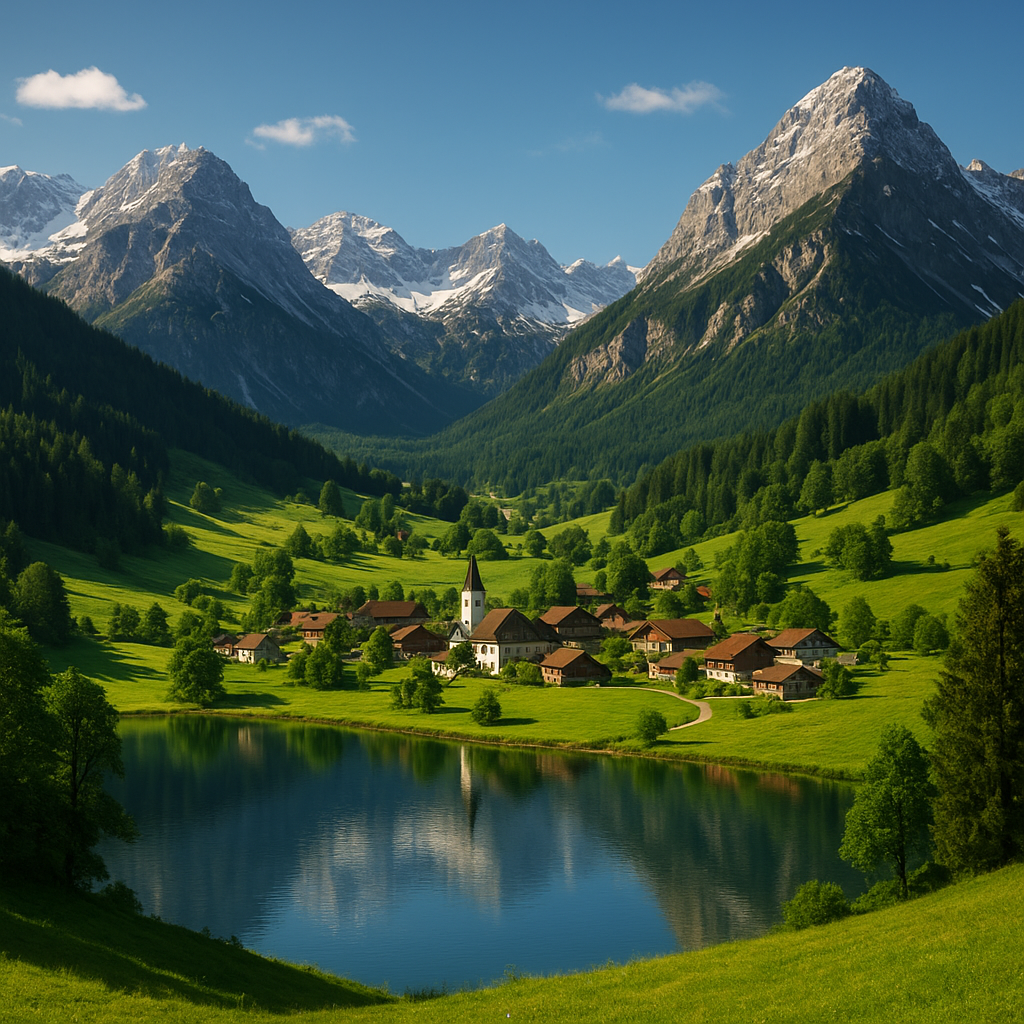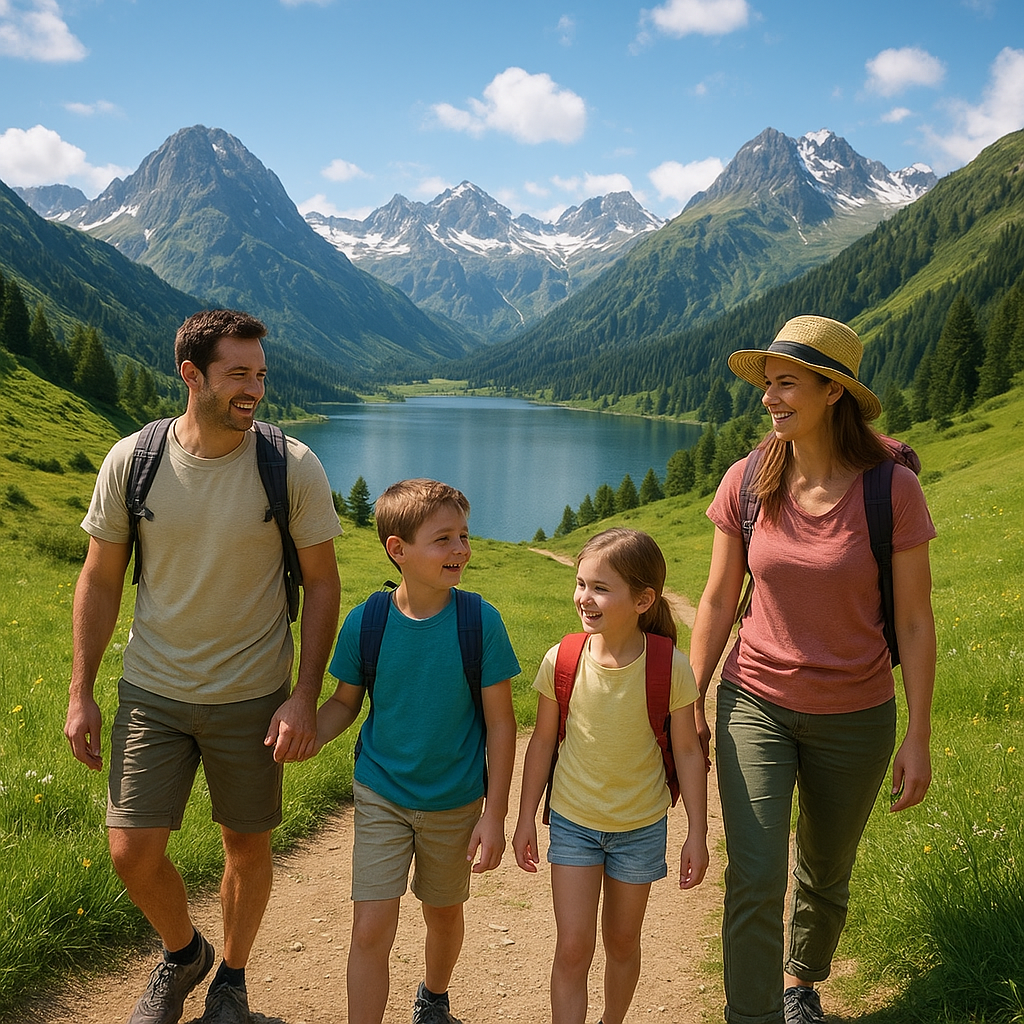
Regenerative agriculture is revolutionizing the way we approach alpine skincare production. This innovative farming method not only enhances the quality of skincare ingredients but also promotes environmental sustainability, making it a win-win for both consumers and the planet.
Understanding Regenerative Agriculture
Regenerative agriculture is a holistic farming approach that focuses on restoring and maintaining the health of the soil. Unlike conventional farming methods that often deplete soil nutrients, regenerative practices aim to enhance soil fertility, increase biodiversity, and improve water retention. This is achieved through techniques such as crop rotation, cover cropping, reduced tillage, and the integration of livestock.
One of the key principles of regenerative agriculture is the emphasis on soil health. Healthy soil is teeming with microorganisms that play a crucial role in nutrient cycling and plant growth. By fostering a thriving soil ecosystem, regenerative farmers can produce crops that are not only more nutritious but also more resilient to pests and diseases.
The Benefits of Regenerative Agriculture for Alpine Skincare
Alpine regions are known for their unique flora, which has adapted to harsh climatic conditions. These plants often possess potent bioactive compounds that can be harnessed for skincare. Regenerative agriculture enhances the quality of these alpine plants by ensuring they are grown in nutrient-rich, healthy soil. This results in higher concentrations of beneficial compounds, such as antioxidants, vitamins, and essential oils, which are essential for effective skincare products.
Moreover, regenerative practices help preserve the delicate alpine ecosystems. By promoting biodiversity and reducing chemical inputs, regenerative agriculture minimizes the impact on local wildlife and water sources. This is particularly important in alpine regions, where ecosystems are often fragile and sensitive to environmental changes.
Case Studies: Successful Implementation of Regenerative Agriculture in Alpine Skincare
Several skincare brands have already embraced regenerative agriculture to source their ingredients. One notable example is a Swiss skincare company that specializes in products made from alpine herbs. By partnering with local regenerative farmers, the company ensures that their ingredients are of the highest quality while also supporting sustainable farming practices.
Another example is an Austrian brand that uses regenerative agriculture to cultivate edelweiss, a flower known for its anti-aging properties. The brand’s commitment to regenerative practices has not only improved the efficacy of their products but also garnered them a loyal customer base that values sustainability.
Challenges and Future Directions
While the benefits of regenerative agriculture are clear, there are still challenges to its widespread adoption. One of the main obstacles is the initial investment required to transition from conventional to regenerative practices. Farmers may need financial support and technical assistance to make this shift. Additionally, there is a need for more research to optimize regenerative techniques for different crops and regions.
Despite these challenges, the future of regenerative agriculture in alpine skincare looks promising. As consumer awareness of sustainability grows, more brands are likely to adopt regenerative practices. This will not only improve the quality of skincare products but also contribute to the preservation of alpine ecosystems.
Conclusion
Regenerative agriculture offers a sustainable solution for alpine skincare production. By focusing on soil health and biodiversity, this farming method enhances the quality of skincare ingredients while also protecting the environment. As more brands embrace regenerative practices, we can look forward to a future where skincare is not only effective but also sustainable.

